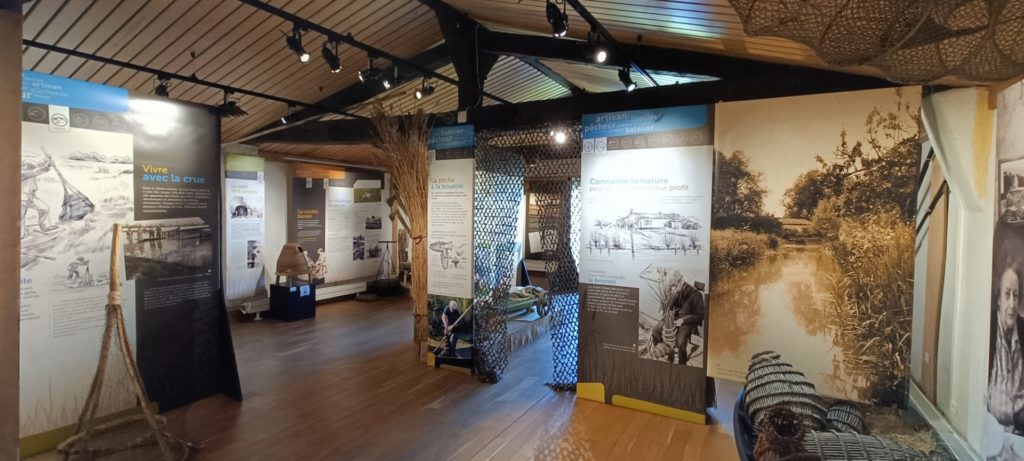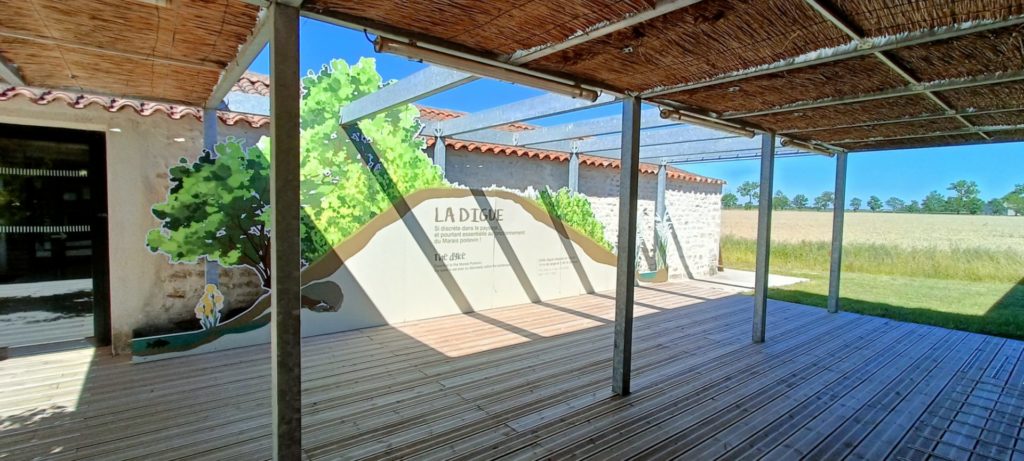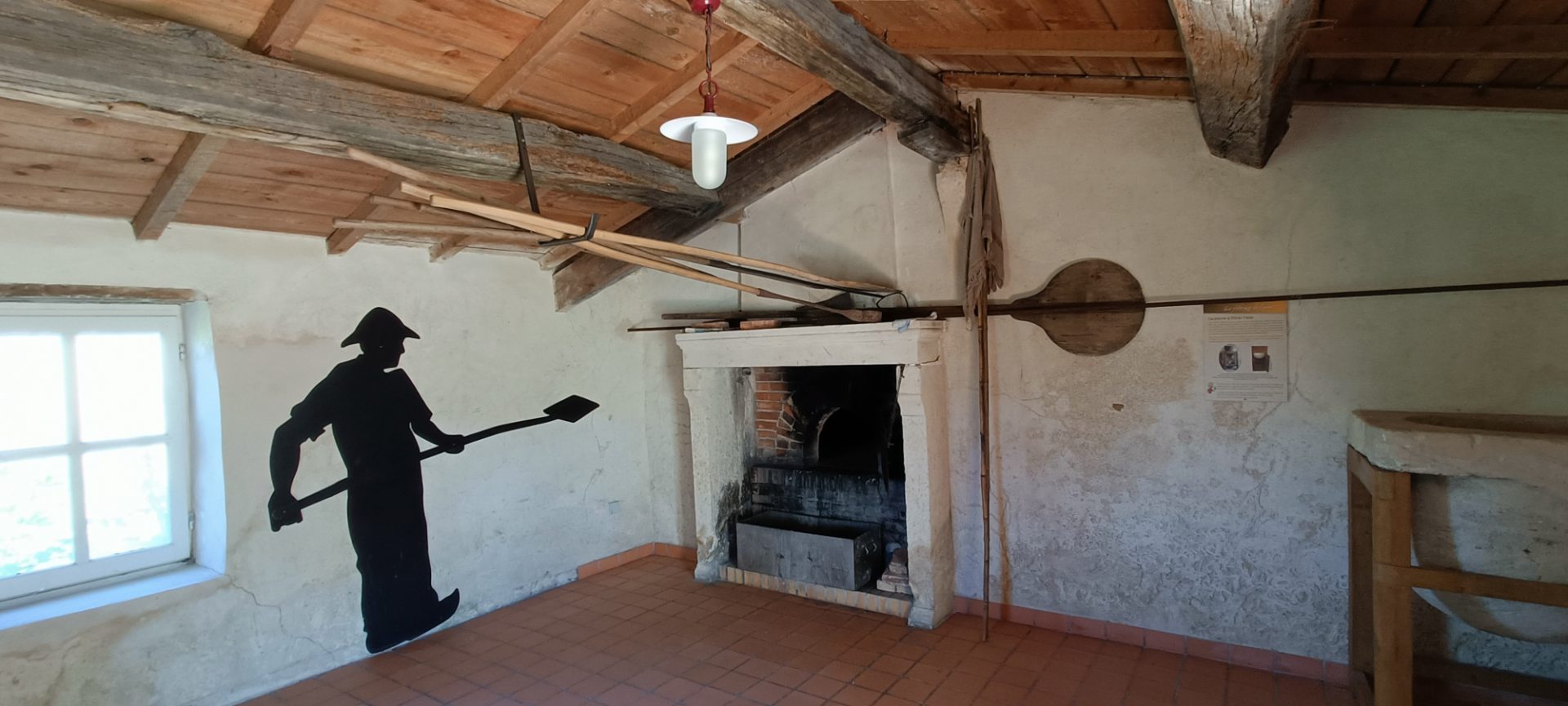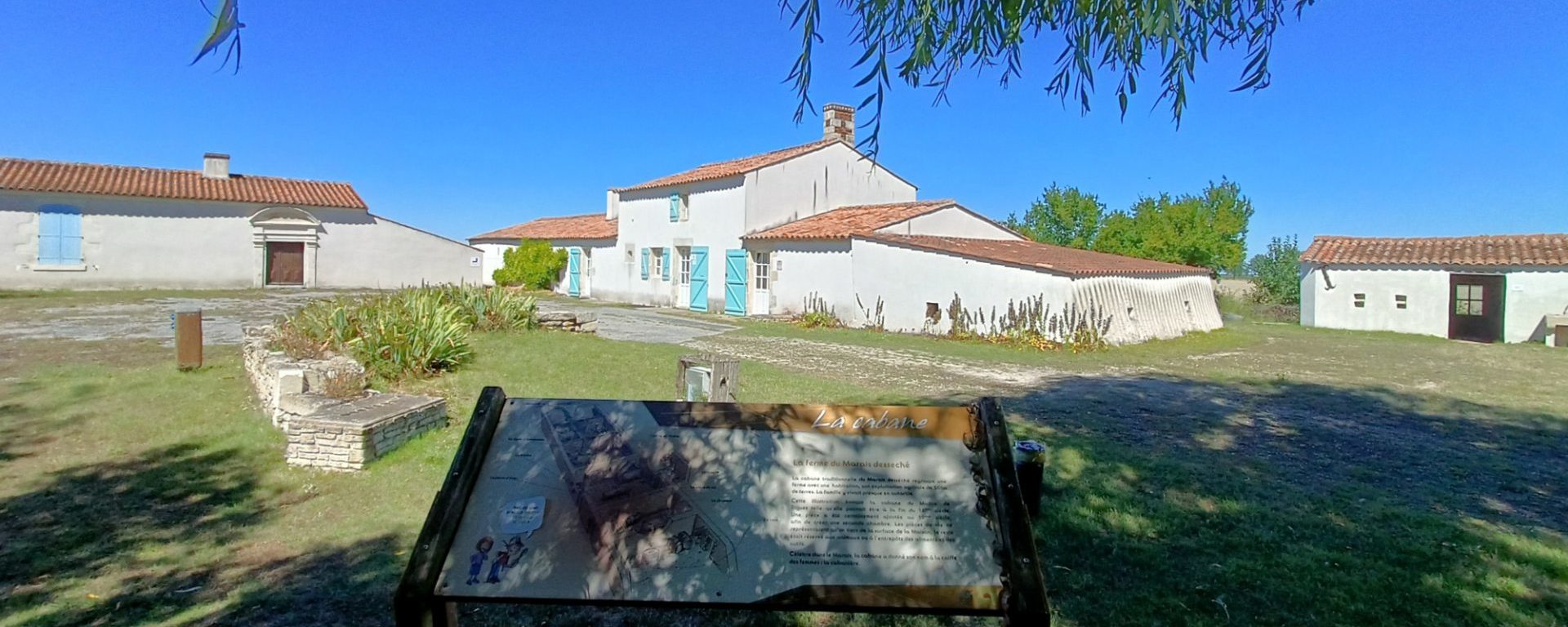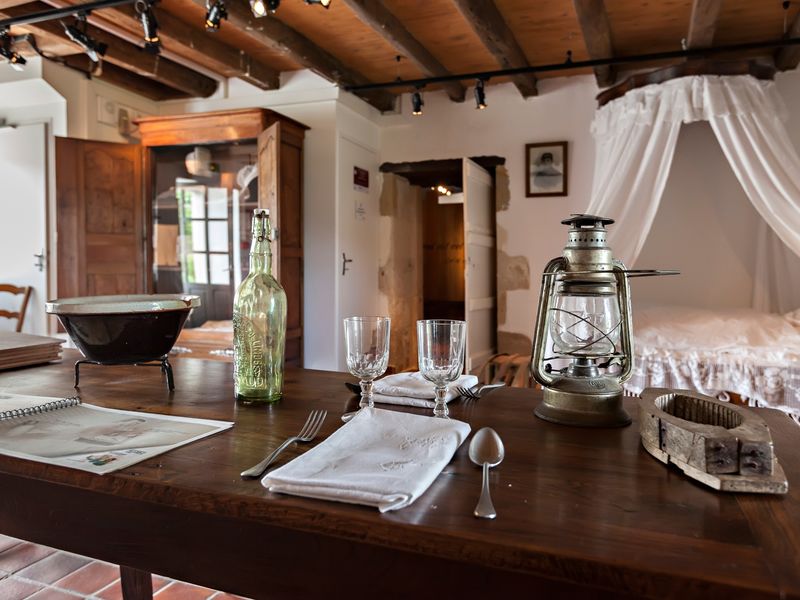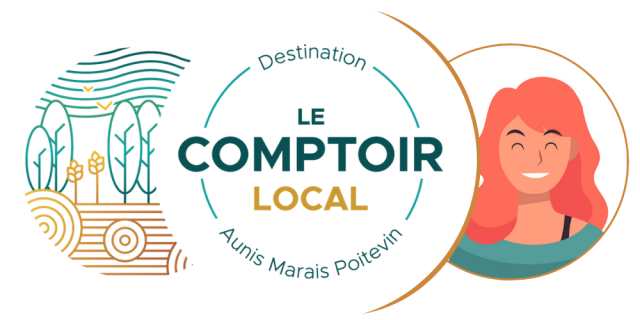During the week, in the middle of July, we wanted to escape the heat wave for a bit and we went to the Maison du Maître de Digues. It is an eco-museum (“cultural institution ensuring on a given territory the functions of research, conservation, presentation and enhancement of a set of natural and cultural assets representative of an environment and modes of lives that followed one another" -Larousse) in the South Vendée, in Chaillé-les-Marais, 15 minutes by car from Marans.
Arrived on site, a car park allows us to park right next to the site. We received a warm welcome there and collected some documentation before embarking on our own visit. The plan given at the reception allows us to understand the site, because the museum is made up of several buildings: exhibition spaces and the former house of the master of the dykes.
The visit thus begins with the permanent exhibition which explains how to create a dike, what it is used for, who maintains it and how it evolves over the seasons. There are many explanatory panels, as well as a presentation video. The exhibition is quite interactive with the possibility of turning a crank to see the evolution of the dyke over the course of a year and the sounds of the territory to recognize. With this first glimpse of life in the Marais Poitevin, we admire the work done by the ditch cleaners or the ''recalous'' in the Vendée patois.
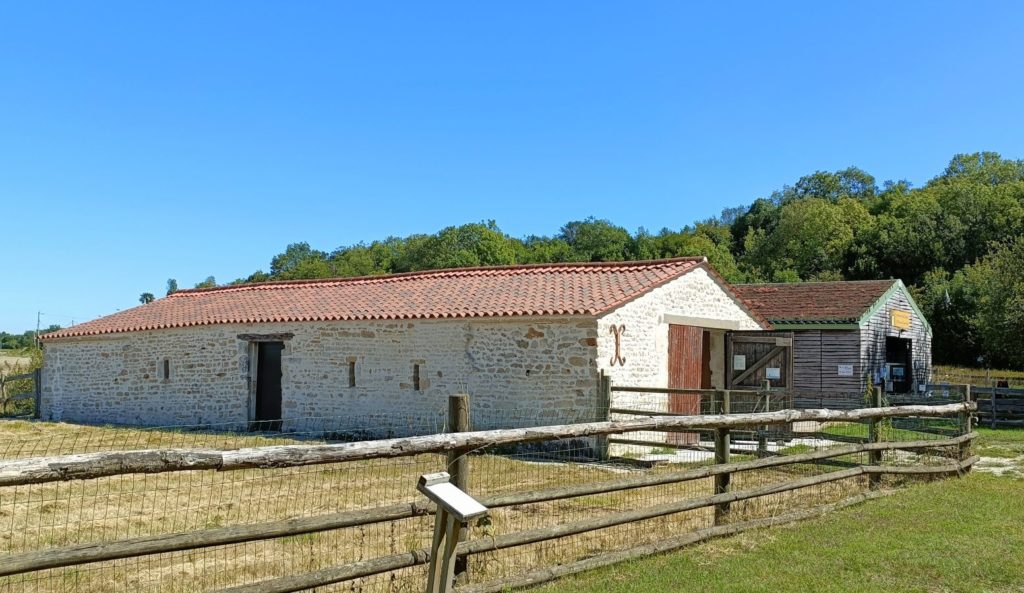
Did you know that when the weather is wet, when the earth becomes sticky, it is said to be “in love”?
We then leave this first building and have the opportunity to take advantage of the sun (but not too much if it's too hot!) by walking around the site a bit; a few explanatory panels show us the layout of the dyke master's house and the natural elements present.
Once you have entered the dyke master's, a ten-minute film retraces the life of this character who is so important to the stability of the Marais Poitevin. It is he who monitors the water level in the wet swamp and in the dry swamp and who coordinates the actions of men in these two marshes. You can then freely visit his house and, for the youngest, read a story about the daily life of this dyke master and his family. Moreover, in the Marais Poitevin alone, about 1000 km of dikes have been built by the hand of man, that made spaces to maintain and monitor!
The visit ends with a temporary exhibition on the life of a huttier, the inhabitants of the wet marsh in the Marais Poitevin. It is a former huttier who testified and participated in the creation of this exhibition which explains various things to us: fishing, hunting, the construction of a hut, the daily life of the huttiers at the time...
It is finally time to return to the starting point by passing through the reception of the museum. The visit takes between an hour and an hour and a half and is also suitable for children who can collect a free survey booklet ''in search of Margaux, the water fairy'' or through the Baludik application they can ''become master of dykes''.
Activities are also planned during the summer: guided tours, donkey rides, meeting the wife of the master of the dykes, stories about life in the past, etc... not to mention the open-air cinema, the oven and on the weekend place your bets!
In this eco-museum, the visit is very pleasant and quick (and it is cool there!). We learn a lot about the Marais Poitevin and about the little-known job of master of dykes.
